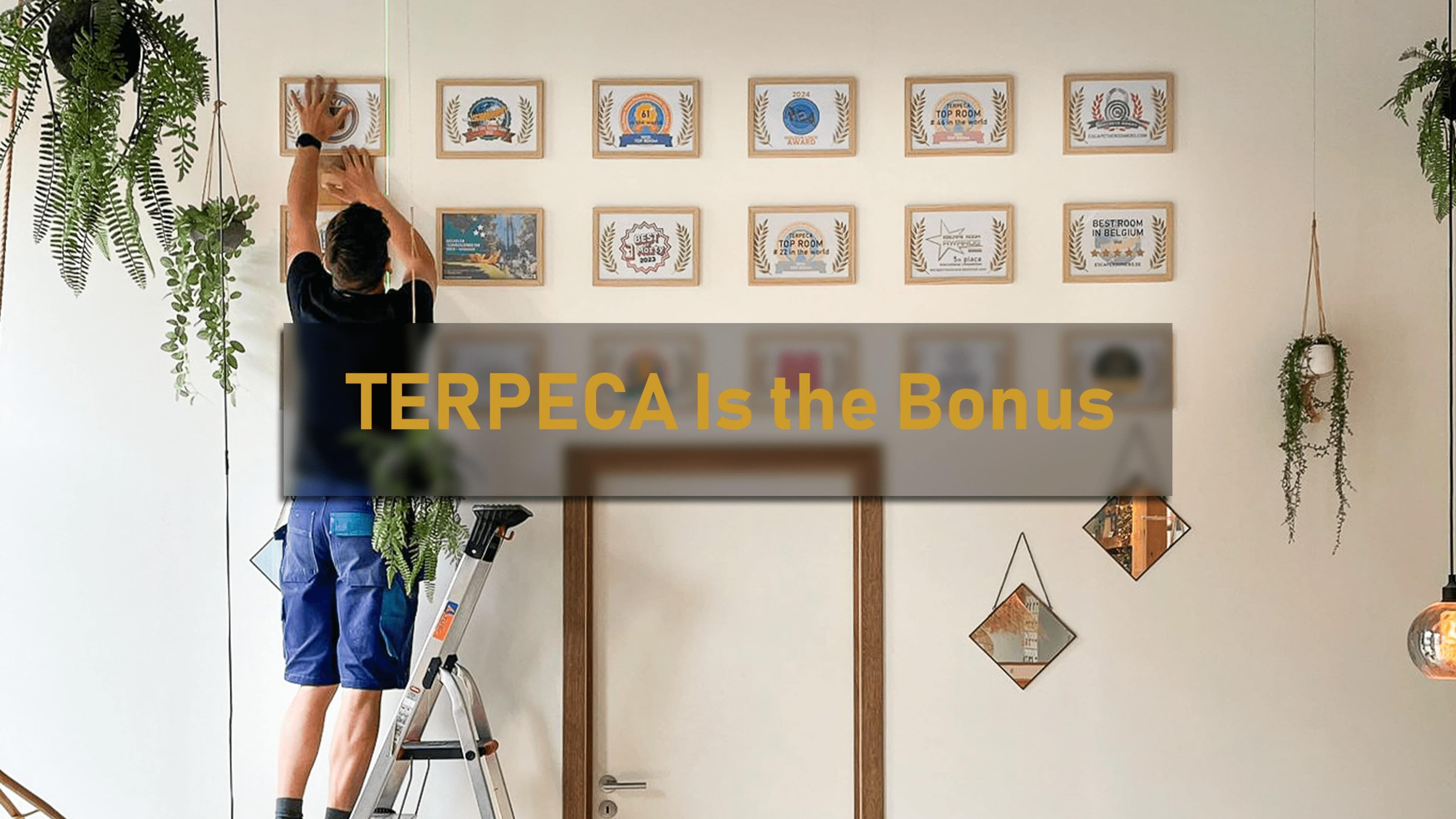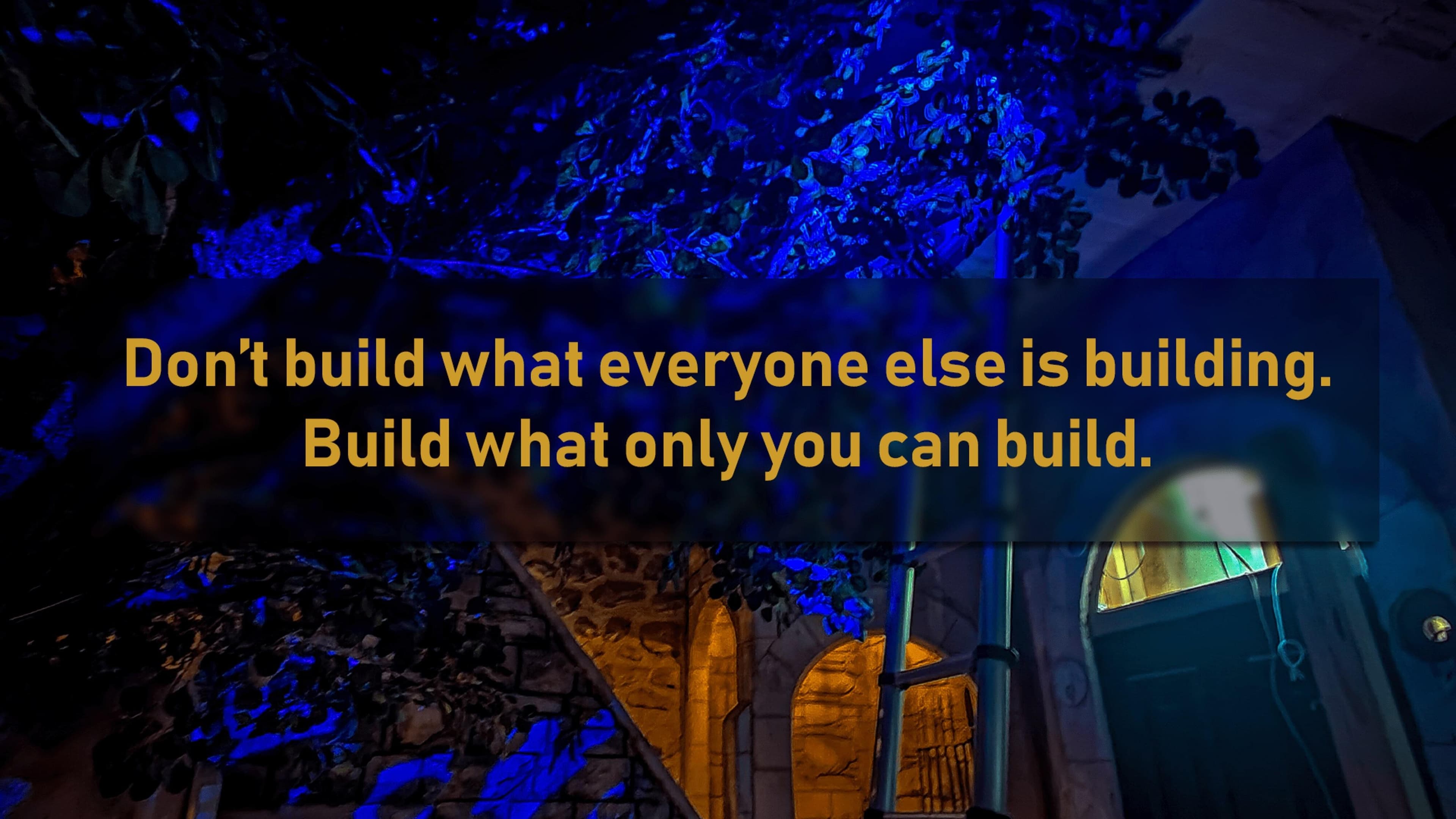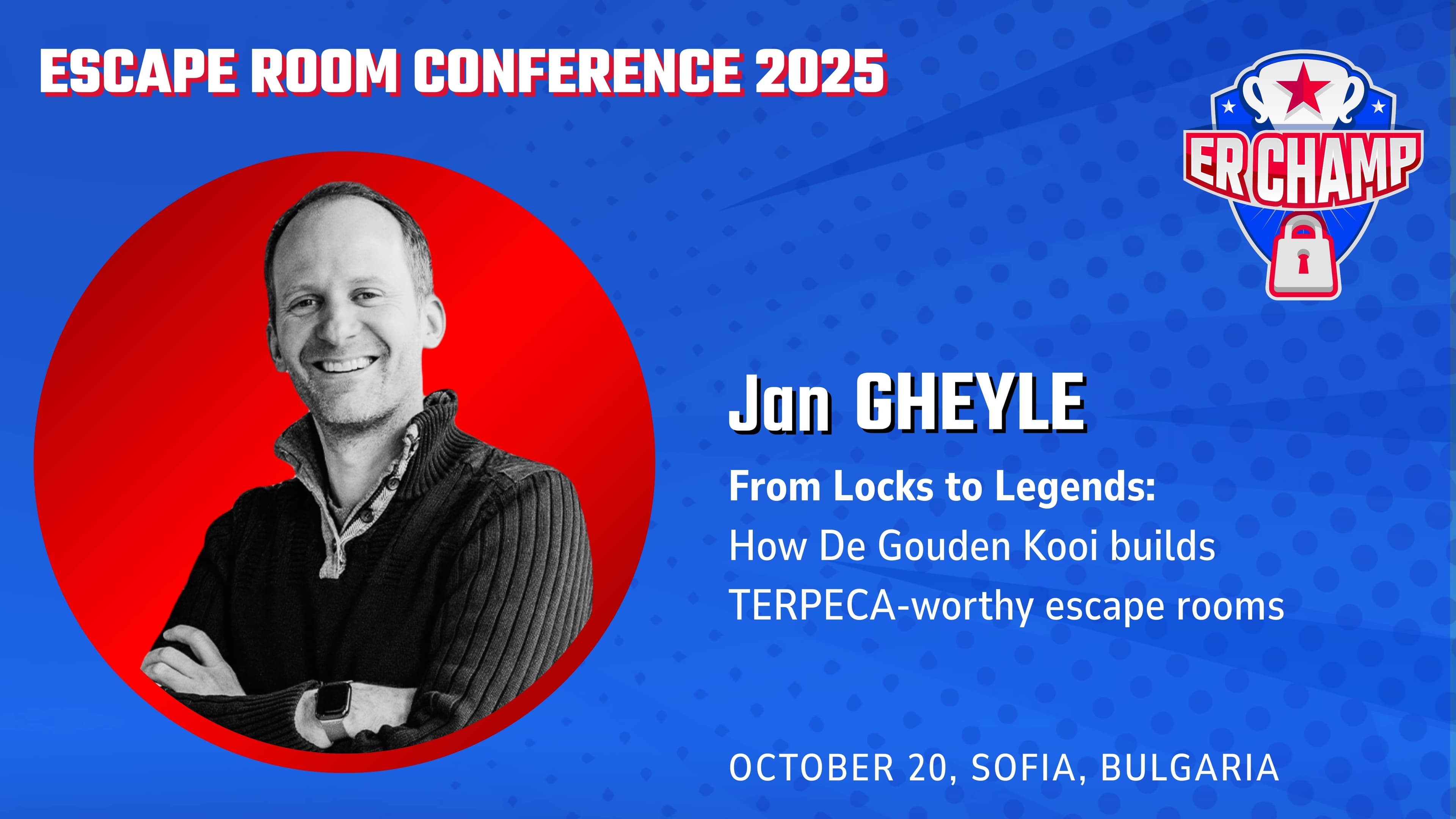
WAAR MOET JE OP LETTEN BIJ HET BOUWEN VAN EEN ESCAPE ROOM?
Onze CEO gaf in oktober 2025 een uiteenzetting op de escape room conventie in Sofia, Bulgarije. Hij sprak over een aantal belangrijke overwegingen bij het bouwen van een escape room. De vraag die hij trachtte te beantwoorden was de volgende: "Hoe bouw je een escape room van wereldklasse die een TERPECA award kan winnen?" We herhalen in deze blog een aantal van de belangrijkste take aways.
Deze blog is in het Engels, de voertaal op de conventie.

Hi, I’m Jan, co-owner of De Gouden Kooi in Belgium. We’ve been building escape rooms since 2016. We started small: two basic rooms filled with locks, no sound, off the shelf tech from China. Focus on puzzles. Simple fun. And back then, escape rooms were still new in Belgium. Every customer was a first-timer. You couldn’t really do something wrong. We had no idea what TERPECA was, because it didn’t even exist.
But even from the beginning, we wanted to do things differently. We were among the first in Belgium to create multi-room games, we made our own movie trailers, and we built everything ourselves. We didn’t want to buy and operate (that was even not possible at that stage I think). We wanted to create.
Fast forward to today: in 2020, our room The Secret of Saint Rumoldus ranked 22th in the TERPECA list. In 2023, Han’s Revenge ranked #5. We’ve also won dozens of other national and international awards.
I guess what you are here for is answers. How do you get there? How do you create something that sticks? That makes people feel something? That earns recognition on a global level?
I can share some insights with you I gathered over the past few years. It’s up to you to decide whether they are valid for you.
I think the most important is: let it be your own story. Let it be what you think and feel is right. Do what you’re good at. Be different. Surprise. Don’t copy. You’re the artist. You’re in charge.
Philosophy first
Think of escape rooms as an art form. You’re not just creating a product. You’re creating a memory, a feeling, a connection.
I’m not suggesting I’m an artist or my team is (or maybe a little bit). But I like to compare the process of building escape rooms with that of creating a piece of art:
An artist needs passion to build a masterpiece. He needs time to build a masterpiece. The piece of art will grow over time. He does not need a fixed plan. He does not want a blueprint. He gets up in the morning, looks at his art piece and starts to add or change stuff.
He creates and the piece grows organically. The piece is ready when it’s ready. He doesn’t know when that will be.
This seems like a lot of airy-fairy stuff, but that’s really how we operate at De Gouden Kooi: It took us 1,5 years to build The secret of Saint-Rumoldus. 3 years to complete Han’s Revenge. And although we expanded the team, also our third experience will take about 3 years to build. When we start building, we’re not quite sure were we will end. But that’s okay: you’ve got 3 years to understand where you are going. We just start building and see where it leads us. Of course there’s an overall plan. But that’s still very high level at the early stage of building.
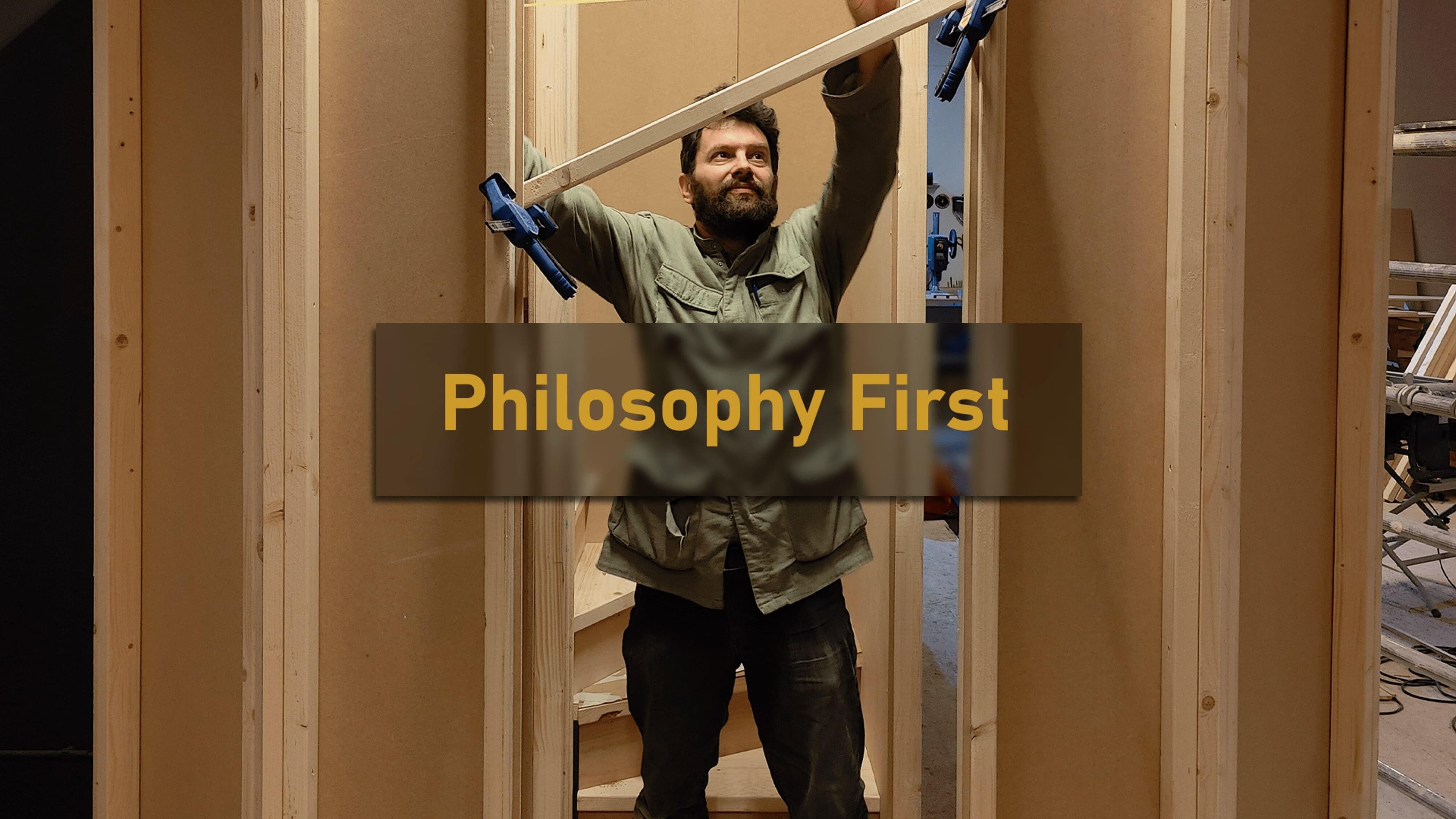
Why not turnkey?
If you want to aim for TERPECA, start with this: don’t buy turnkey escape rooms.
Sure, they’re fast. They’re cheap. You don’t need a team. You don’t need creativity. But they won’t win awards. Because these rooms are built and (often) operated without passion. And passion is the first ingredient in any world-class experience. Your room needs a pulse, a heartbeat. Off the shelve rooms lack these important ingredients.
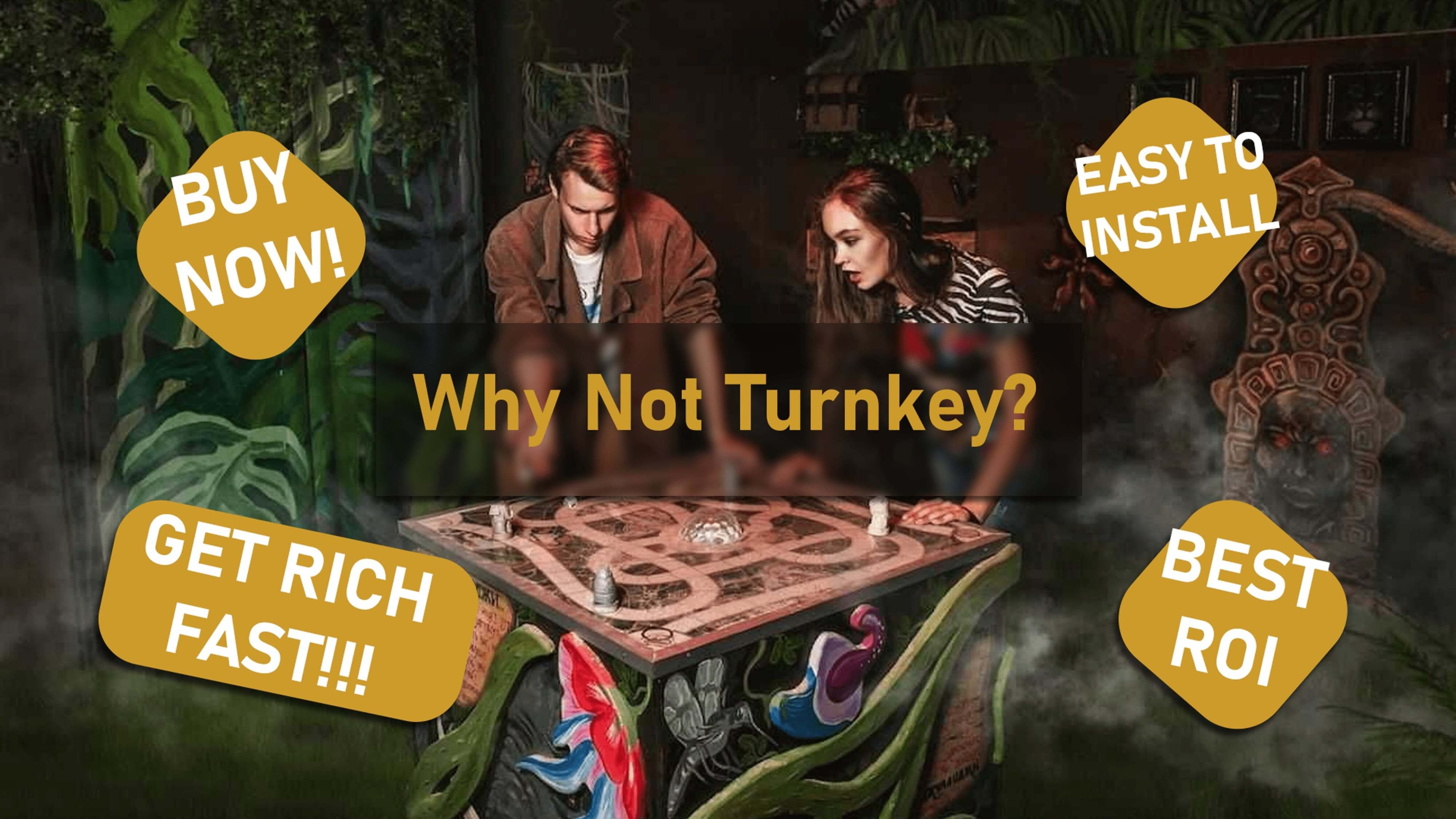
Build a team
At De Gouden Kooi, we believe one driver of success is building your own team. An artist does not ask others to create his piece of art.
Why?
Knowledge stays in-house: Something breaks? You fix it.
Agility: Want to change a puzzle or redesign a space? You can.
Engagement: Your team wants you to succeed. They’re invested in your brand, not just their task.
We’re now a team of 4 builders and 2 operators, supported by about 40 student gamemasters. We do 95% of everything in-house. 5% is done by external partners BUT it’s tailormade to our needs. It’s not a solution from the shelf.
We divide our build team into smaller task forces: story, puzzles, electronics, decor, lighting and sound. This makes decision-making faster and clearer. Weekly meetings keep everything aligned.
I’m not telling an external team can’t make world class escape rooms (they can). It’s just something we don’t.
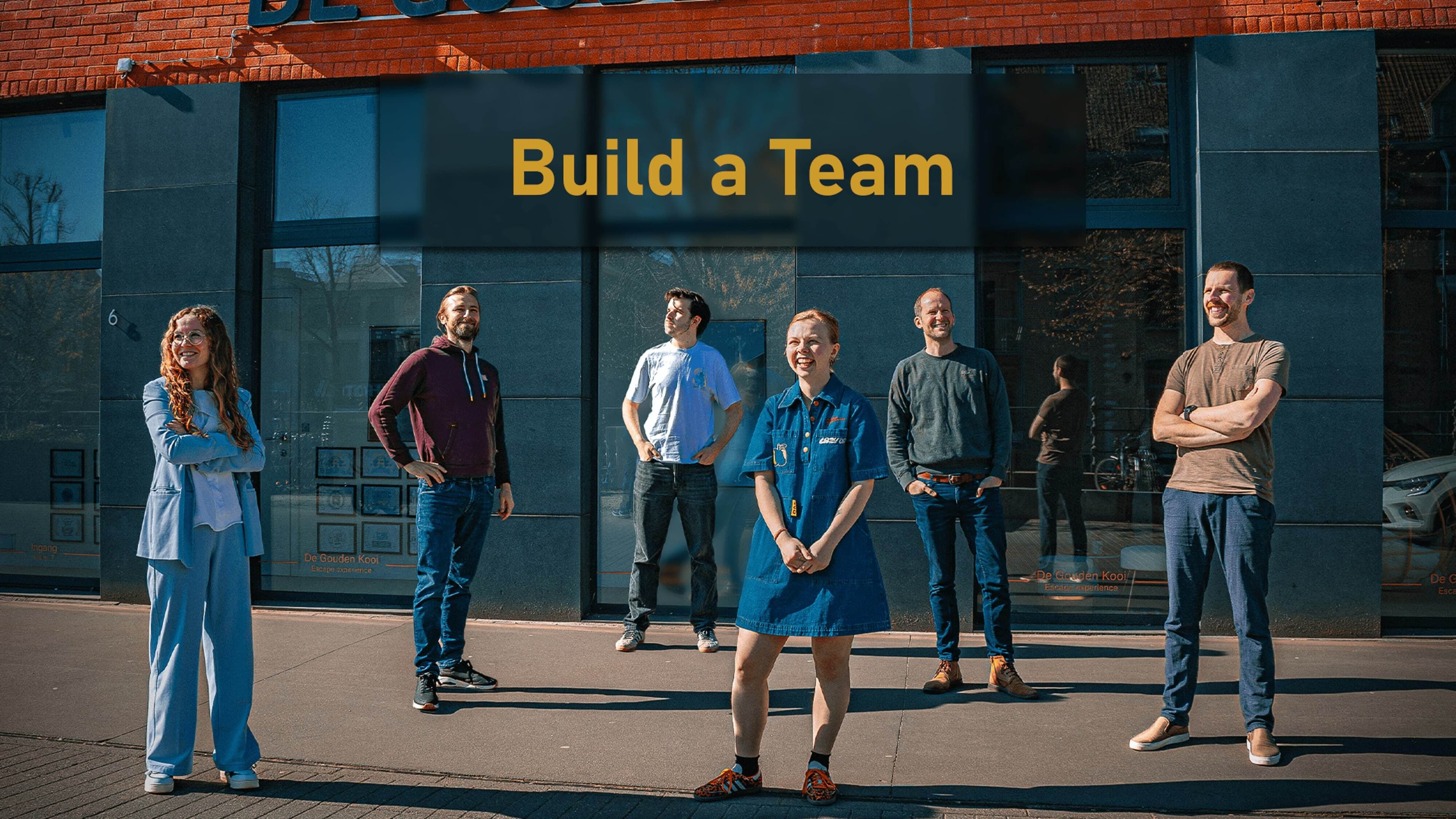
Who are you building for?
Enthusiasts? Families? Kids? Horror fans? Team builders? Tourists?
Choose a focus and keep your focus while moving forward.
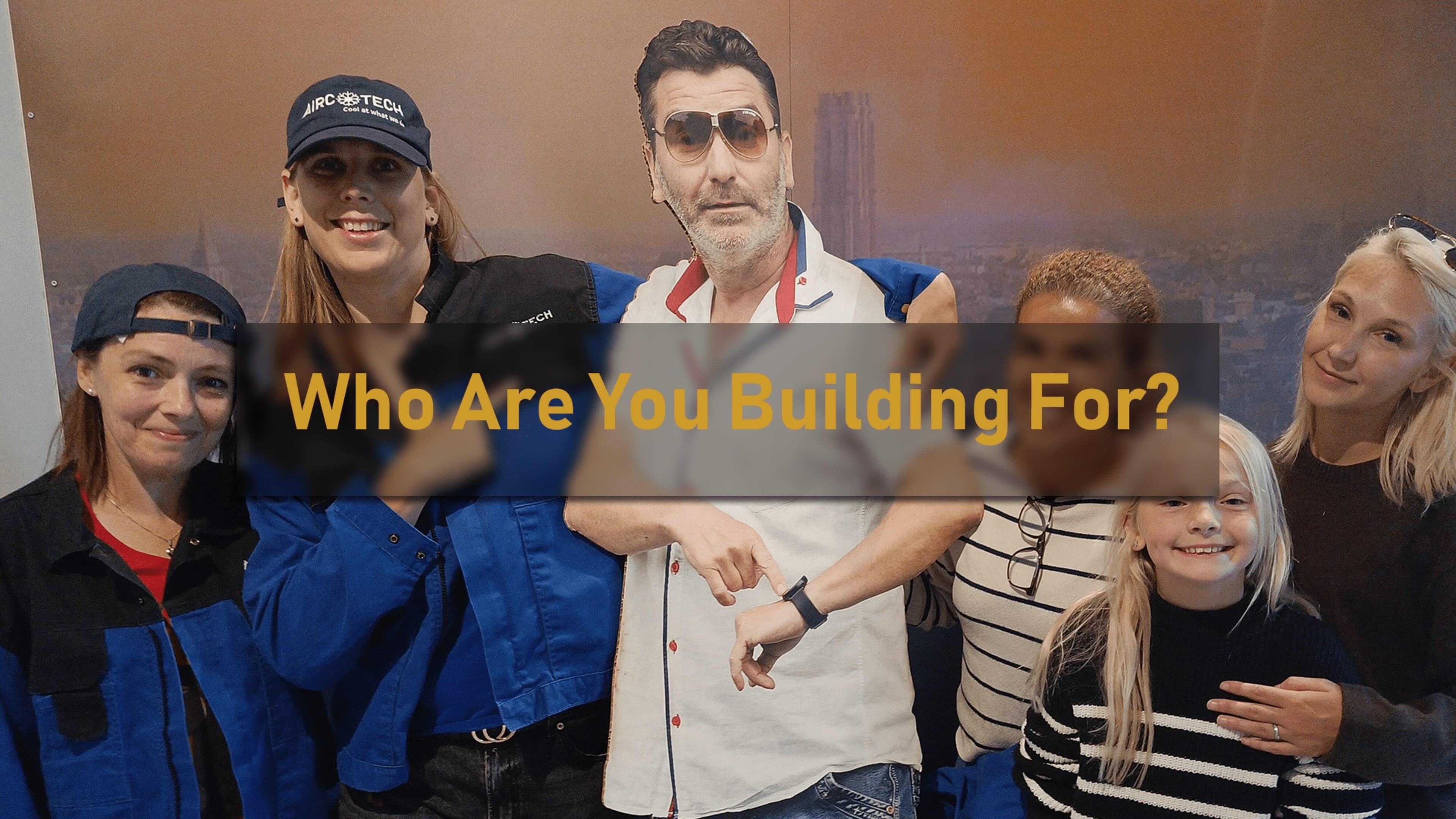
Choose a setting
Then choose a setting. One that excites you. One you’re good at building. Don’t choose a space ship theme if you’re not good at sleek futuristic designs. Choose one your customers haven’t seen ten times before. Make it original. You’re not just making a room, you’re building a world. It really can be anything and can change during the game: for example you start in a random store, but end up in a cave. Choose a setting that will amaze escapers. Don’t go for the ordinary.
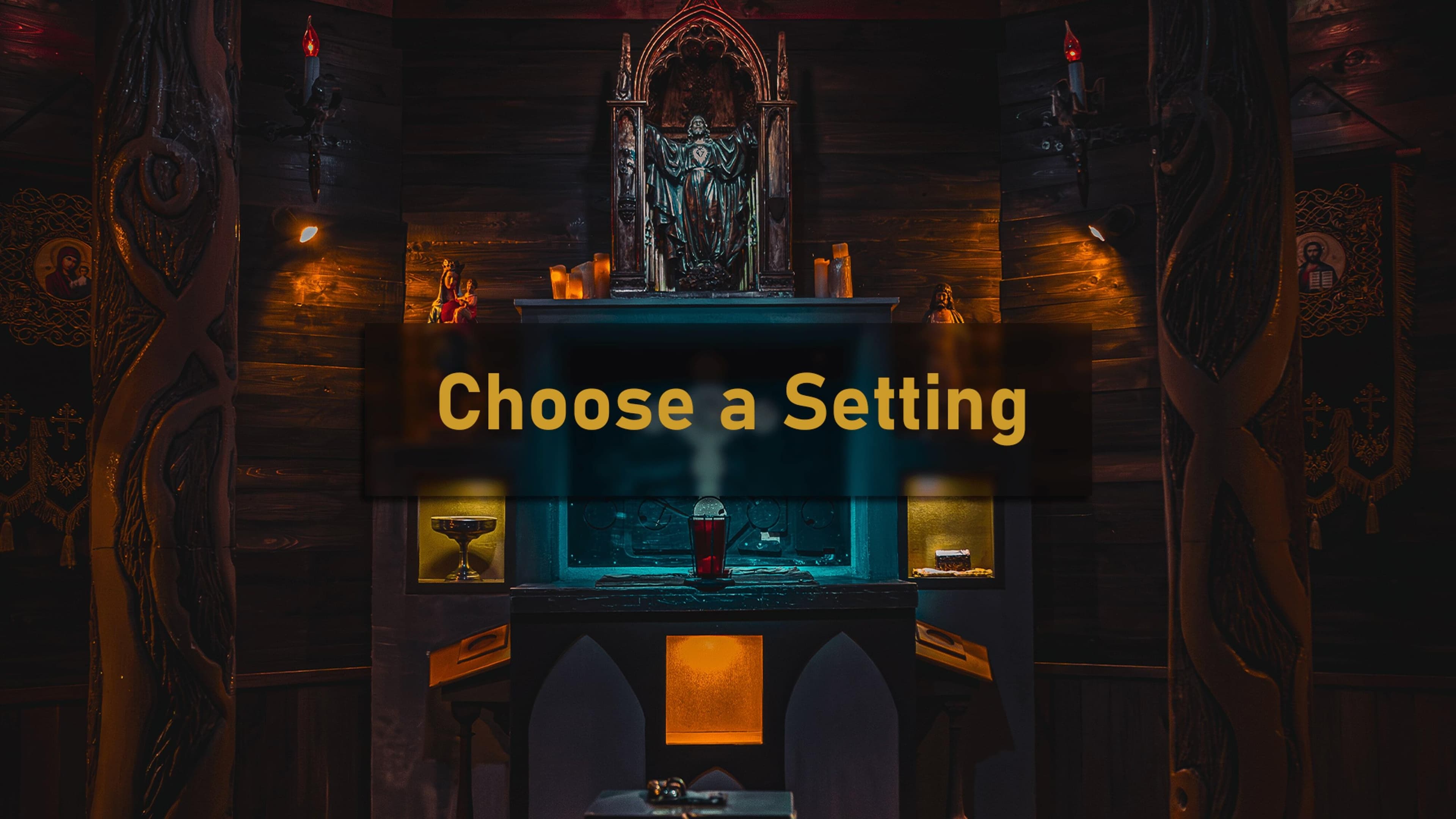
Create original stories
Now the story. Don’t just defuse a bomb or solve a murder. Or if so, do it in a way we’ve never seen before. Don’t copy existing IP. Create your own. Think of Deep Inside in Paris, or Hotel Veloria in the Netherlands. They created entire universes around original characters. Leave copying IP’s to turnkey rooms. It’s the ultimate proof you won’t find any passion there.
Your story needs: a protagonist, an antagonist, a reason for the players to be there and a clear narrative arc: intro, twist and climax.
Don’t make it too complex and make sure that also players that are not interested in backstory, still enjoy the game (so make it obvious). That’s something we learned from the ending of The secret of Saint Rumoldus (it can be too farfetched if you didn’t get the story while playing the room).
You can’t tell a 500 page story in 1 escape room so keep it simple. Use different spaces as chapters in the story. Spread the narrative through these spaces. We often use 10 or more spaces in a single game.
Most players want to be themselves, not actors. Let them stay in their comfort zone while still engaging them emotionally.
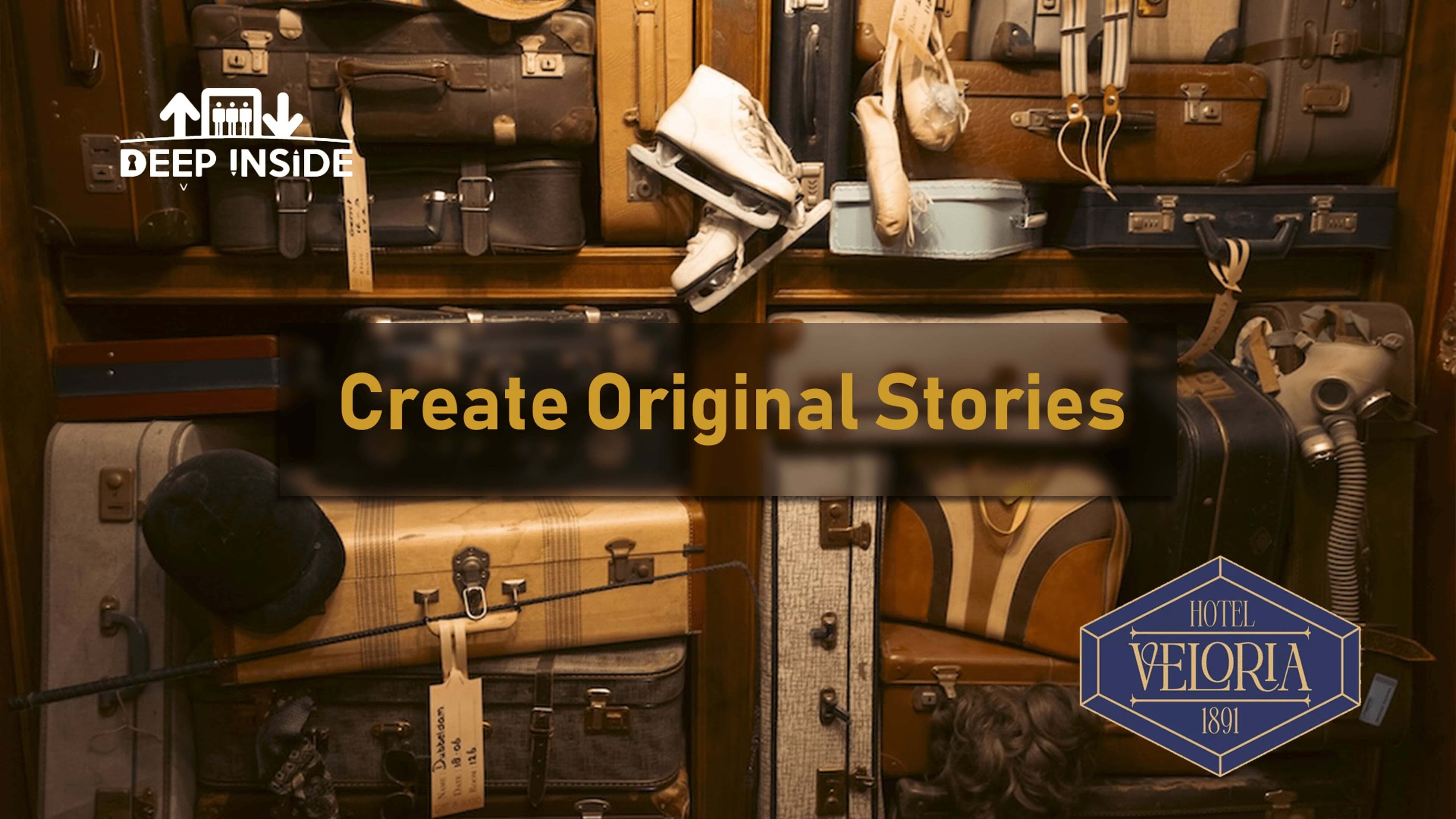
Design puzzles that tell story
Escape rooms are evolving. 9 years ago, we built puzzles with rooms around them. Today, we build immersive worlds that happen to contain puzzles.
Use and design puzzles that tell the story. They shouldn’t just fit the theme. They should move the narrative forward. But don’t be a purist. Not every puzzle needs to add to the story. Sometimes a puzzle can be just fun. Why would you cancel fun? But do think about some puzzles that pushes the story forward.
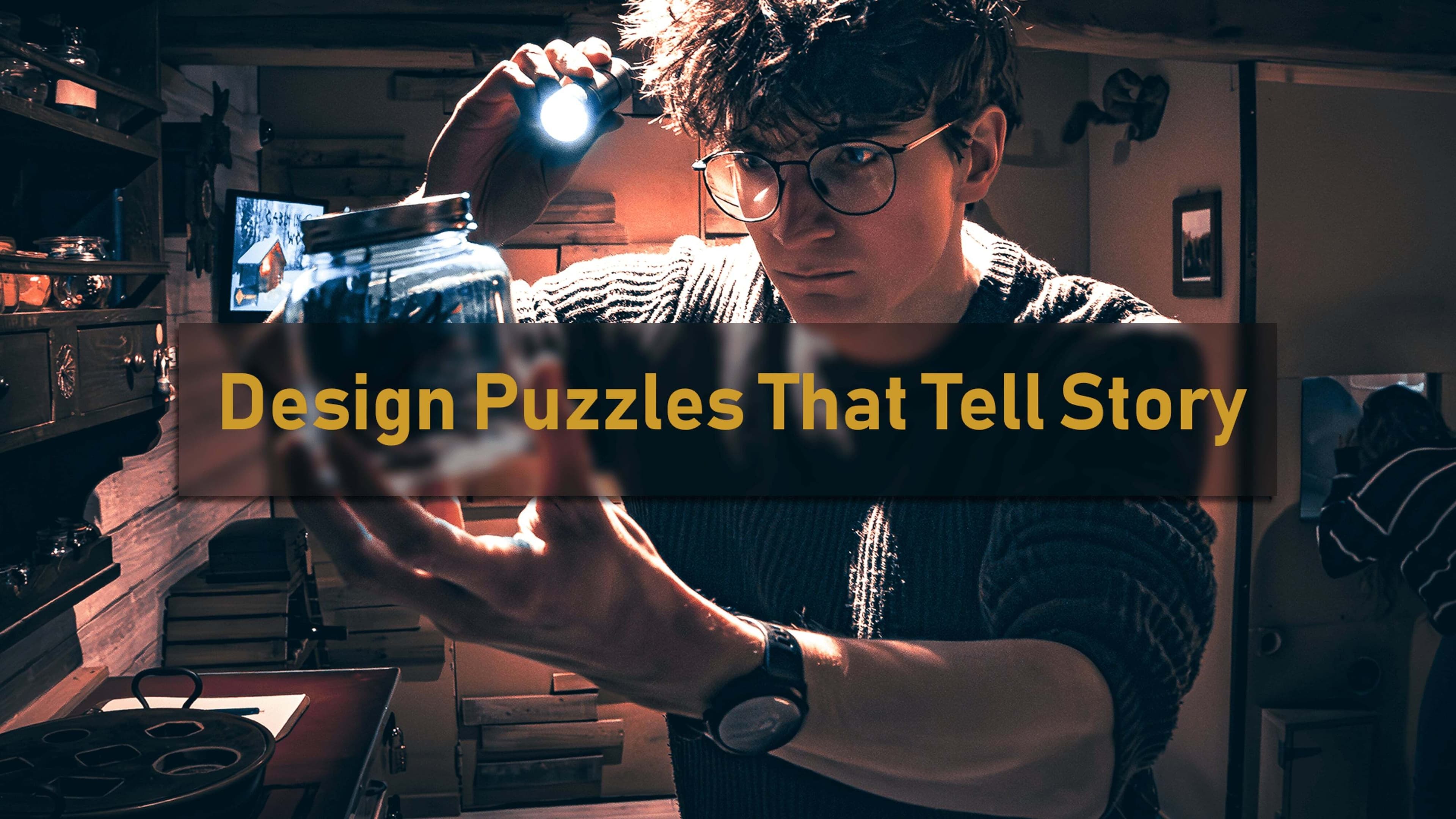
From puzzle room to experience
Focus on moments that players will remember. Think about at least two really unforgettable things per escape room:
A moving wall or floor
A live actor
An emotional ending
A hard choice players need to make
A room filling up with water
...
Originality gets you bonus points. Don’t forget the peak-end rule: your escapers will remember the peak and the end, not the whole experience. And they will remember the feeling they experienced at that point. So go out with a bang and think about the peak middle game.
(photo: The alchemist of Sherlocked in Amsterdam: a fine example of going out with a bang)
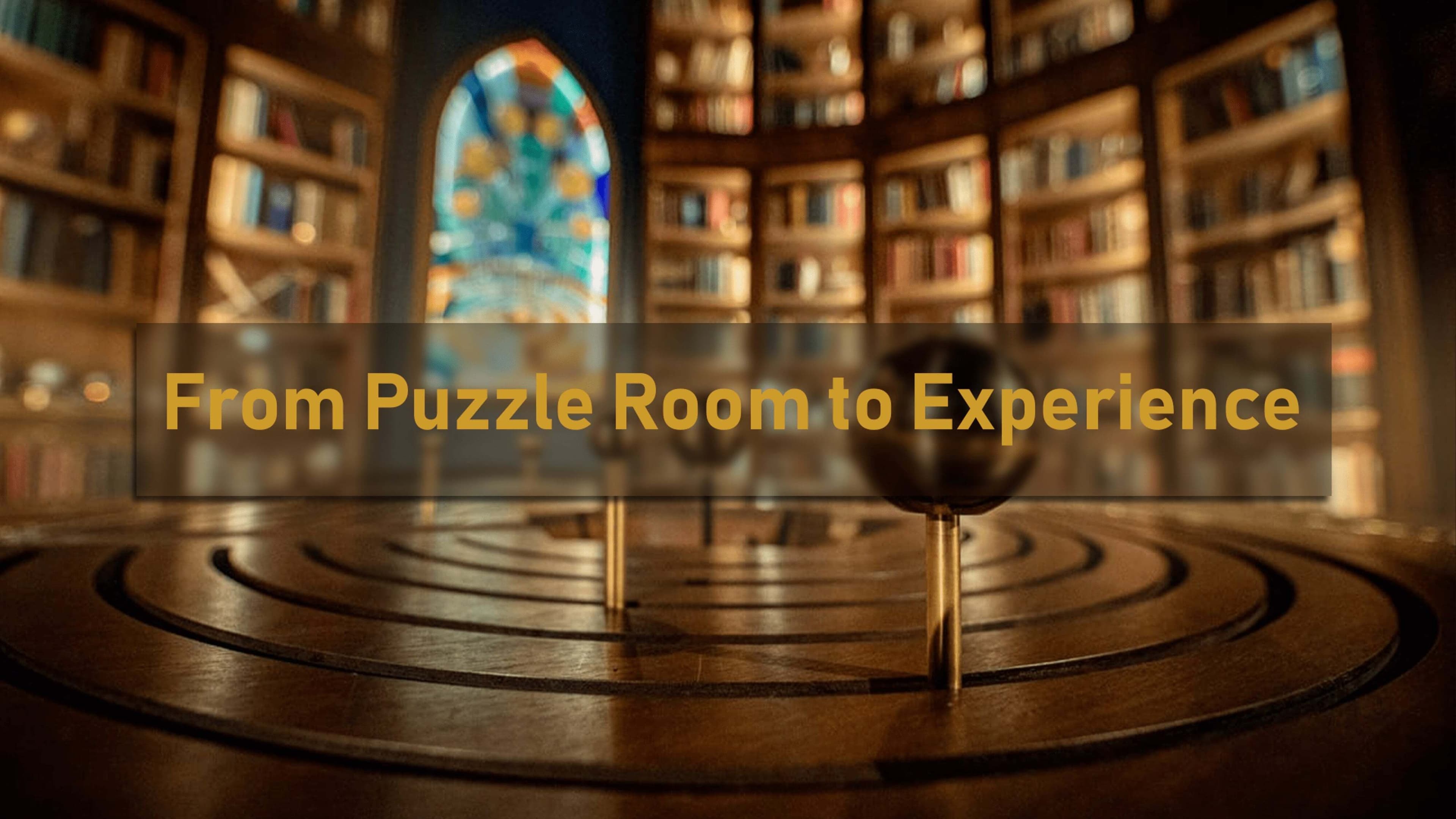
Set design is king
Sets are the easiest way to amaze. Sets don’t break (when built right). Sets always deliver (compared to tech that can break every moment of the day). Use lighting and sound to create mood. Don’t forget the ceiling and flooring. Use height and depth to expand perception. Alternate big and smaller rooms. All details should check out and contribute to the story. Build a set that lives: the big difference between our first and second experience is
360 degree decor and
a decor that ‘moves’: a lot more is happening to create moments of joy and awe.
Avoid AR and VR in your escape room. People play escape rooms for real, physical, emotional experiences and interactions within the team. Overall, tech is there to support your experience, not to take the lead.
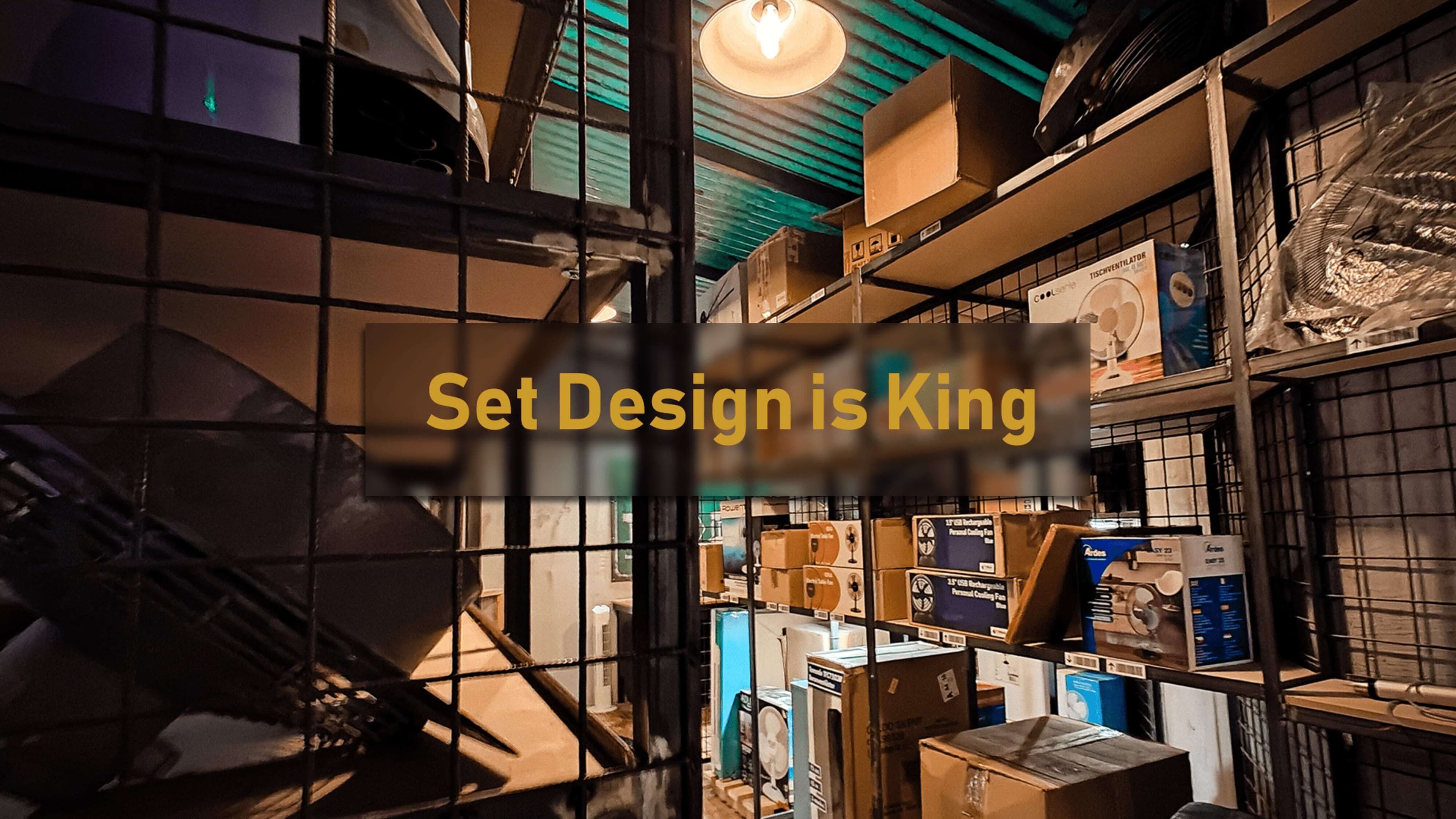
Testing and feedback
Before opening, your game must work 100%. No excuses. One broken element or programming error can ruin the entire experience. Test the correct scenarios, but don't forget to test the scenarios where escapers fail to do it the way you imagined it.
Don’t over test if you’re confident. We tested Han’s Revenge with only 6 teams: staff, friends, and 4 contest winners. Then we took a week to fix and adjust. We drafted detailed surveys to evaluate the tests. Never ask, “Did you like it?” Ask specifics. Use the feedback (but stay true to your own opinion). Don’t change it all based on the opinion of a few. Follow up and decide after a few months.
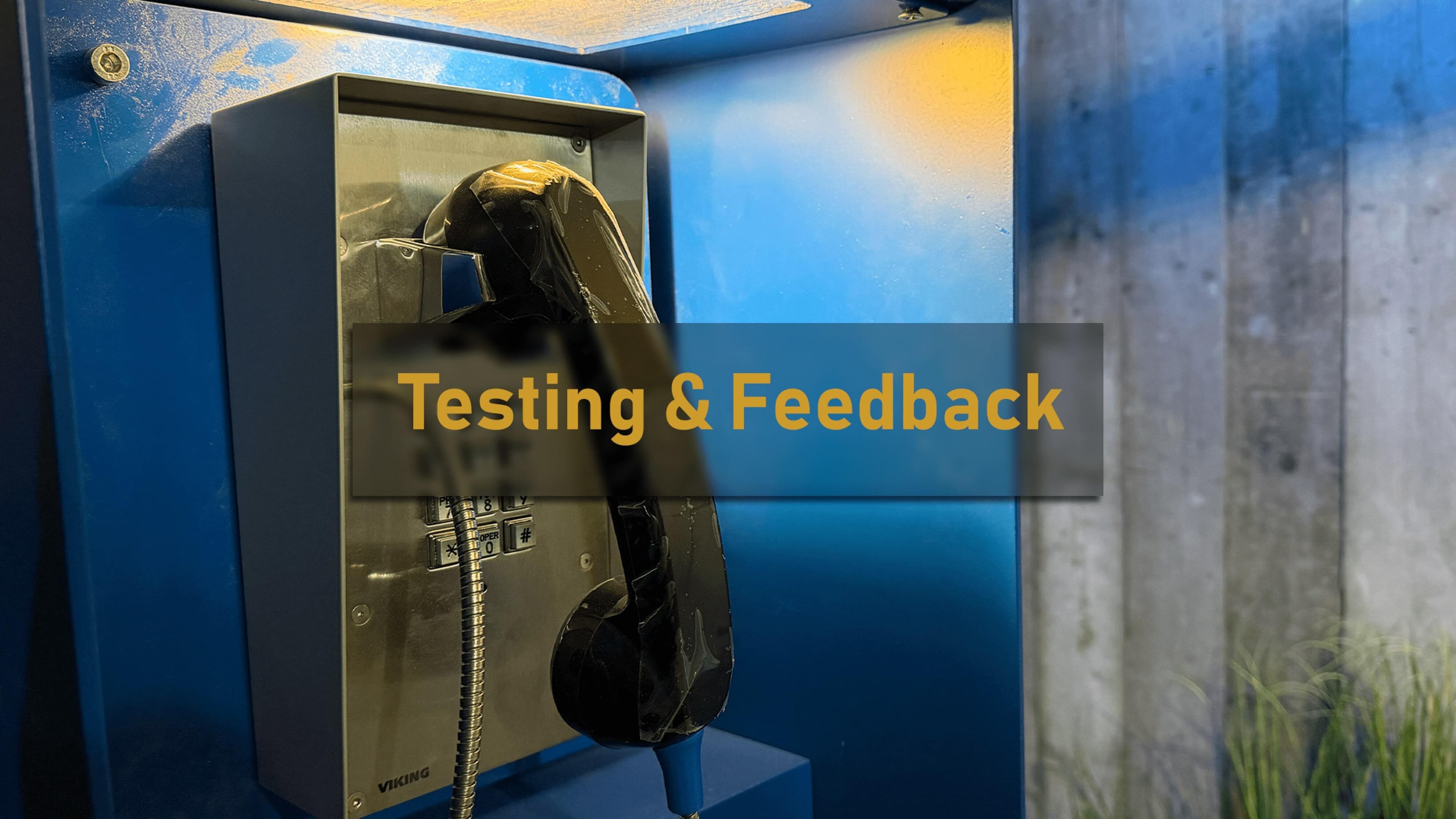
Operate like a pro
Once open, the work isn’t done. Keep decor fresh. Check for wear weekly. Make sure operations and creative teams talk to each other, regularly and structurally.
0% tolerance for broken items or puzzles in the room. Nothing is ever broken. Keep spares for everything. If something breaks, we get it fixed before the next team enters. In 3 years’ time, only one time, we had to cancel a team for Han’s Revenge because we couldn’t fix it in time. We fixed it overnight. Do cancel a team when you feel the experience they’re about to have is not up to your standards.
Make sure you have procedures in place so these processes (check for wear, fix broken stuff and internal communication) are streamlined. The more rooms you operate, the more important this gets.
If you don’t build inhouse but with an external team: talk about this phase: who will be responsible for adapting and maintaining the room to its full potential once it’s open for public and how will that person get the information he/she needs.
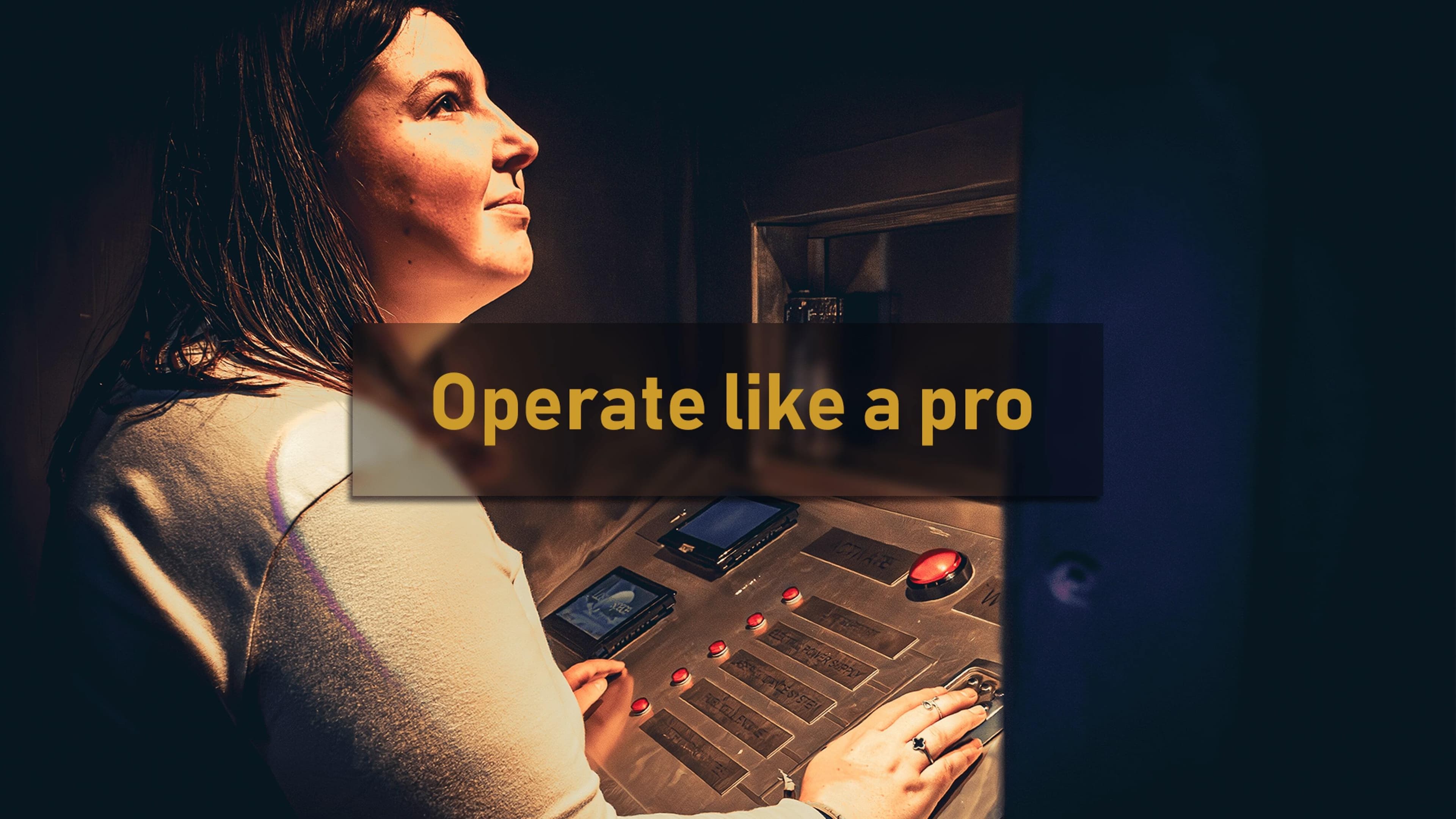
TERPECA is the bonus
Only 5% of our customers tell us they book because of TERPECA. That seems little, but they mostly visit during off-hours. And they spread the word.
Awards build trust. Local customers will visit you instead of your nearby competitor. They help you grow your team (who doesn’t want to work at such an amazing place?). They get the attention of local partners (who can elevate you) and even your city’s tourism board.
